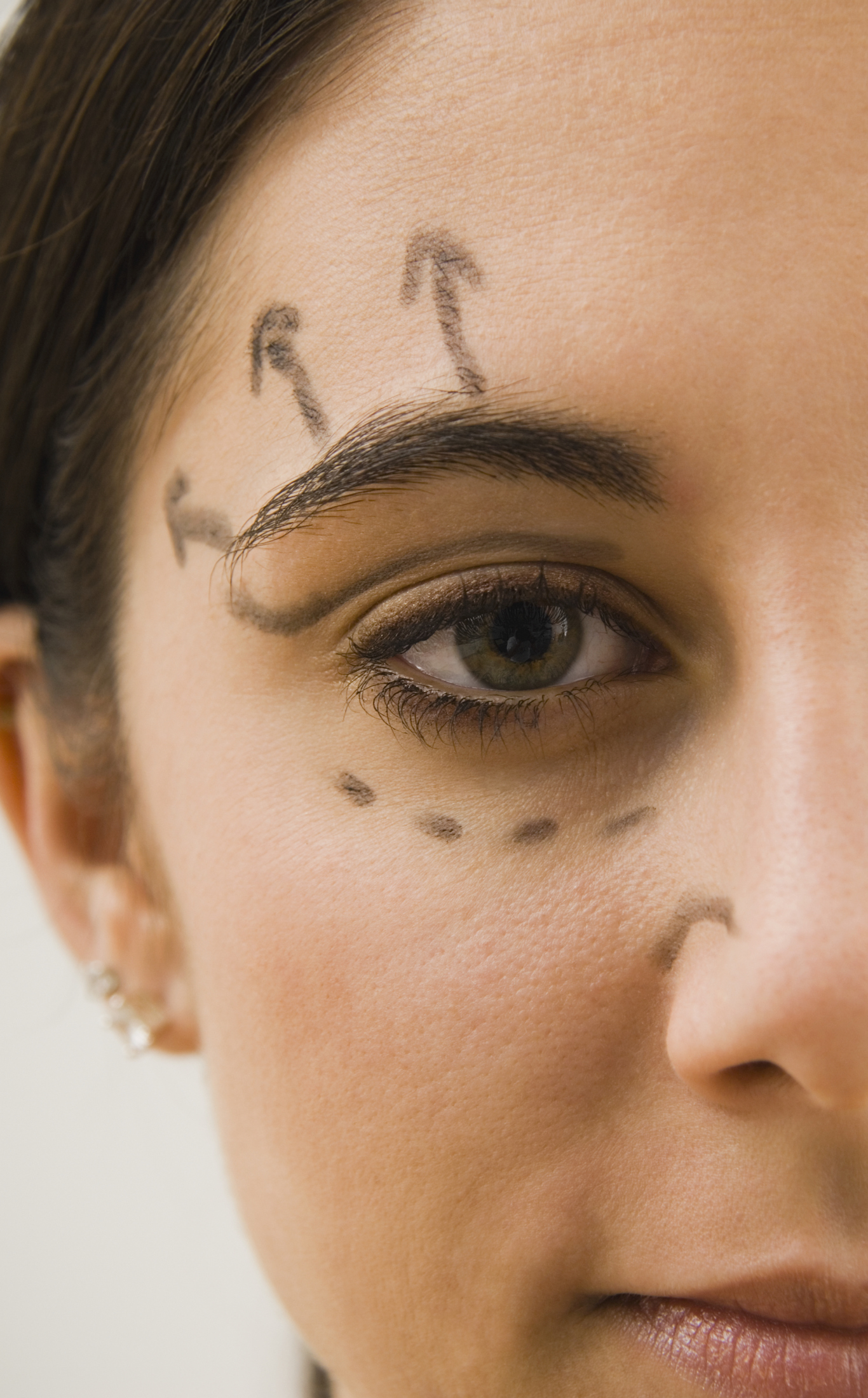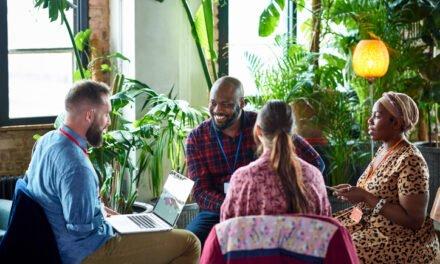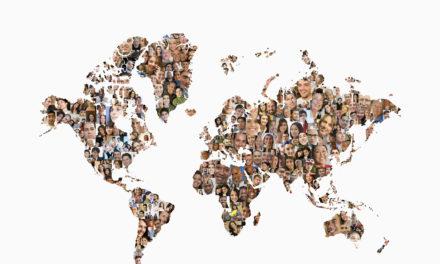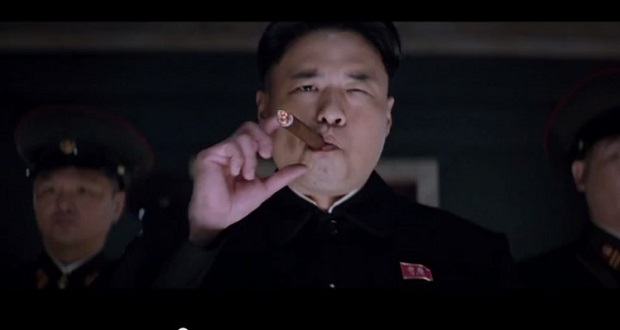Last week we 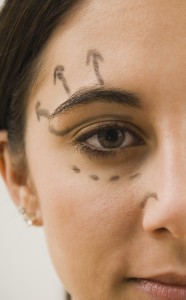 talked about the color of beauty and the lack of women of color, especially those of African descent on the world’s runways during fashion week. In the news last week was the revelation that veteran Chinese-American reporter Julie Chen, co-host of the popular TV show The Talk, had surgery on her eyes to minimize her “Asian look”. Now 43 years old, Chen admitted that she had the surgery when she was in her 20’s because she was told by two different “advisors” that she would never succeed as an anchor because of her Chinese look. One told her that her Asian eyes made her look “disinterested and bored”.
talked about the color of beauty and the lack of women of color, especially those of African descent on the world’s runways during fashion week. In the news last week was the revelation that veteran Chinese-American reporter Julie Chen, co-host of the popular TV show The Talk, had surgery on her eyes to minimize her “Asian look”. Now 43 years old, Chen admitted that she had the surgery when she was in her 20’s because she was told by two different “advisors” that she would never succeed as an anchor because of her Chinese look. One told her that her Asian eyes made her look “disinterested and bored”.
It is not uncommon for Asian Americans to “de-Asianize” their looks by undergoing plastic surgery.
In 2010, Korean actress Park Min Young who starred in Sungkyunkwan Scandal (a show that aired in 2010 about a girl who disguises herself as a boy to attend an all-boy school) admitted to having double eyelid surgery when she was in junior high school. She said, “I got double eyelid surgery in junior high school. My mom let me get it so I could become prettier.”
According to the American Society of Plastic Surgeons, Asian Americans were third among minorities undergoing plastic surgeries with 743,000; African Americans were second with 986,000 and Hispanics ranked No. 1 spot at 1.5 million. The most common types of cosmetic surgery performed on Asians in 2009 with nose reshaping, eyelid surgery and breast augmentation, while Latinos tend to get breast augmentation, liposuction and nose jobs in that order of priority. On the other hand, in order of priority, African Americans get liposuction, nose jobs and breast reduction.
Experts agree that Asian Americans undergo plastic surgery at the urging of parents and societal pressure to assimilate and look more “white”. To some extent, the same reason holds true for African Americans and Latinos who more often undergo nose reshaping than eyelid surgery.
According to experts some Asian families may believe that their difficulty in assimilating is due to their Asian look and therefore often advocate that their offspring have the eyelid surgery.
Dallas based plastic surgeon Samuel Lam calls such surgery “ethnic softening” of narrow eyelids, flat nose bridges, wide jaws that patients believed to be overly ethnic. “They’re still 100 percent Asian in appearance. But their strong ethnic features have been softened so they’re no longer too dominant on their faces.”
Isn’t it a shame that people of color feel that they have to go to such lengths and expense, putting their health at risk, to change their visible appearance in order to look more “white”, to soften their ethnic look? I would hope that as we continue advancing inclusion concepts of acceptance, alleviating our unconscious and conscious biases, that the next generation will not feel compelled to transform their visible appearance as a prerequisite for success.

